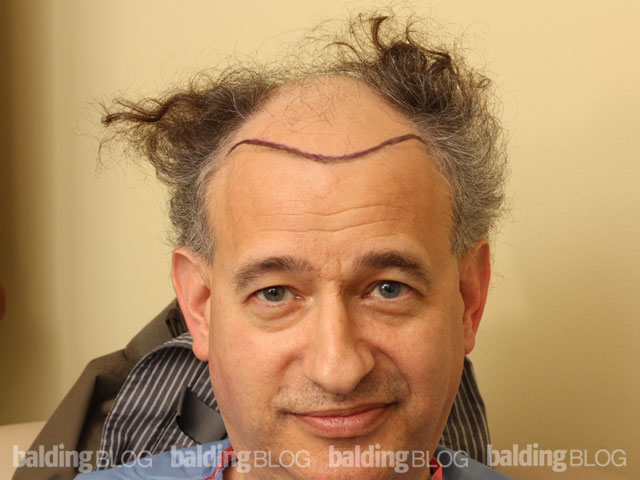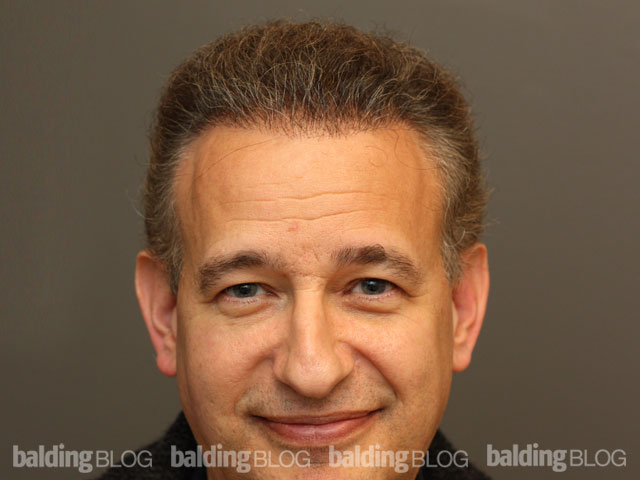I am looking into finding a doctor to discuss my plan of attack for hair loss, and i was wondering what is the ISHRS International society of Hair Restoration Surgery? Is finding a doctor off of that website reliable as finding one from the American hair loss association website?

The International Society of Hair Restoration Surgery (ISHRS) website lists doctors who are members of a learning society. The American Hair Loss Association (AHLA) is a similar site. You must understand that any doctor can be a member of these associations and societies as long as they pay a yearly membership fee. These societies do not have the power to enforce or regulate a doctor’s practice and skills, and the hair restoration/hair transplant field does not fall under the American Board of Medical Specialties (ABMS).
In the United States, there are 24 approved medical specialty boards that are overseen by ABMS, a not-for-profit organization. Certification by an ABMS member board has long been considered the gold standard in physician credentialing. To be ABMS board certified means that the physician has undergone formal educational and clinical training at a medical institution after earning their medical degree, and has successfully passed a level of competence via written or practical or oral examinations.
Since hair transplant surgery is not a part of the ABMS, there can not be any physician that is board certified as a hair transplant surgeon. This is mainly because there is no formal training or credentialing in hair transplant surgery. You read that correctly — there is no board certification in hair transplant surgery! There is no standard curriculum. There is no oversight or direct review of the quality of the work being done. Unfortunately, there is no ABMS sanctioned facility to enroll and learn hair transplant surgery. To date, the only way to learn how to perform hair transplant surgery is to read a book, attend a seminar, or become an apprentice to a private practice hair transplant surgeon. Even ABMS board certified plastic surgeons do not receive training in hair transplant surgery as part of their formal training.
In the mid-1990s the American Board of Hair Restoration Surgery (ABHRS) was formed by a group of hair transplant surgeons to create an organization that could independently certify hair transplant surgeons. But still, the ABHRS does not monitor a doctor’s training quality and once the testing process is complete, they do not have any authority to enforce any form of discipline. In states like California, doctors are not allowed call themselves “board certified” if the only certification they have is from the ABHRS or other non-ABMS approved boards. They must qualify which board they are claiming.
So to answer your question about which site is best, well, I don’t have an answer to that. They’re all pretty good resources for finding doctors in your area, but you need to do your own research to find the doctor that can provide the results you want. The real test for finding a good surgeon is outlined here on our Selecting a Hair Transplant Doctor section.




